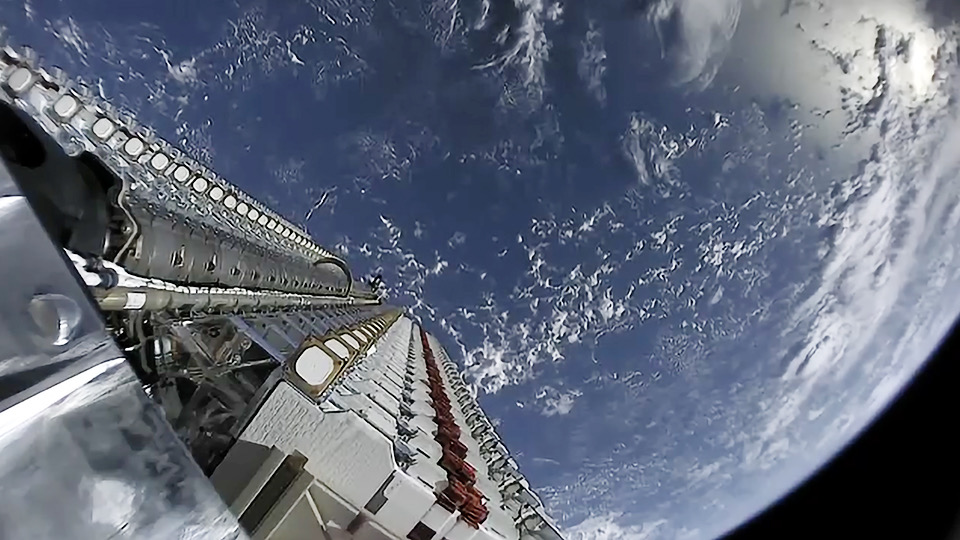SpaceX just sent up its 12th set of Starlink satellites into space — and the satellites’ initial tests apparently show its internet speeds are promising.
SpaceX shared an update on the satellite speeds on Thursday in a tweet, saying: “In initial tests of Starlink, the team has been collecting latency data and performing standard speed tests of the system. Results from these tests have shown super low latency and download speeds greater than 100 megabytes per second — fast enough to stream multiple HD movies at once and still have bandwidth to spare.”
The average download speed ranges from 12 to 25 Mbps. With a download speed of 100 Mbps, Starlink satellites would be far above average.

The satellites could prove essential in providing broadband internet to more areas, especially rural areas that are statistically less likely to have dependable internet access. Dr. Nicol Turner Lee from the Center for Technology Innovation previously told Digital Trends that more than 20 million Americans do not have adequate internet access.
In the company’s own words, the Starlink satellite project aims to “deploy the world’s most advanced broadband internet system” to provide “fast, reliable internet to locations where access has been unreliable, expensive, or completely unavailable.” Several other companies are competing with SpaceX to provide similar kinds of services, enabling faster broadband speeds around the globe.
SpaceX has launched 12 batches of its Starlink satellites into low-Earth orbits, totaling about 715, since May of last year. The company plans to launch batches of 60 satellites every two to three weeks over the next year. Eventually, SpaceX’s satellite total could reach more than 40,000, according to Space.com.
Editors' Recommendations
- SpaceX slow-motion video shows powerful Raptor rocket engine shutting down
- Watch SpaceX blast its megarocket engines in spectacular test
- Watch SpaceX fire Starship’s Raptor engines ahead of 4th test flight
- Take a high-speed ride on SpaceX’s emergency escape chute
- SpaceX shares awesome rocket imagery from Starship flight




